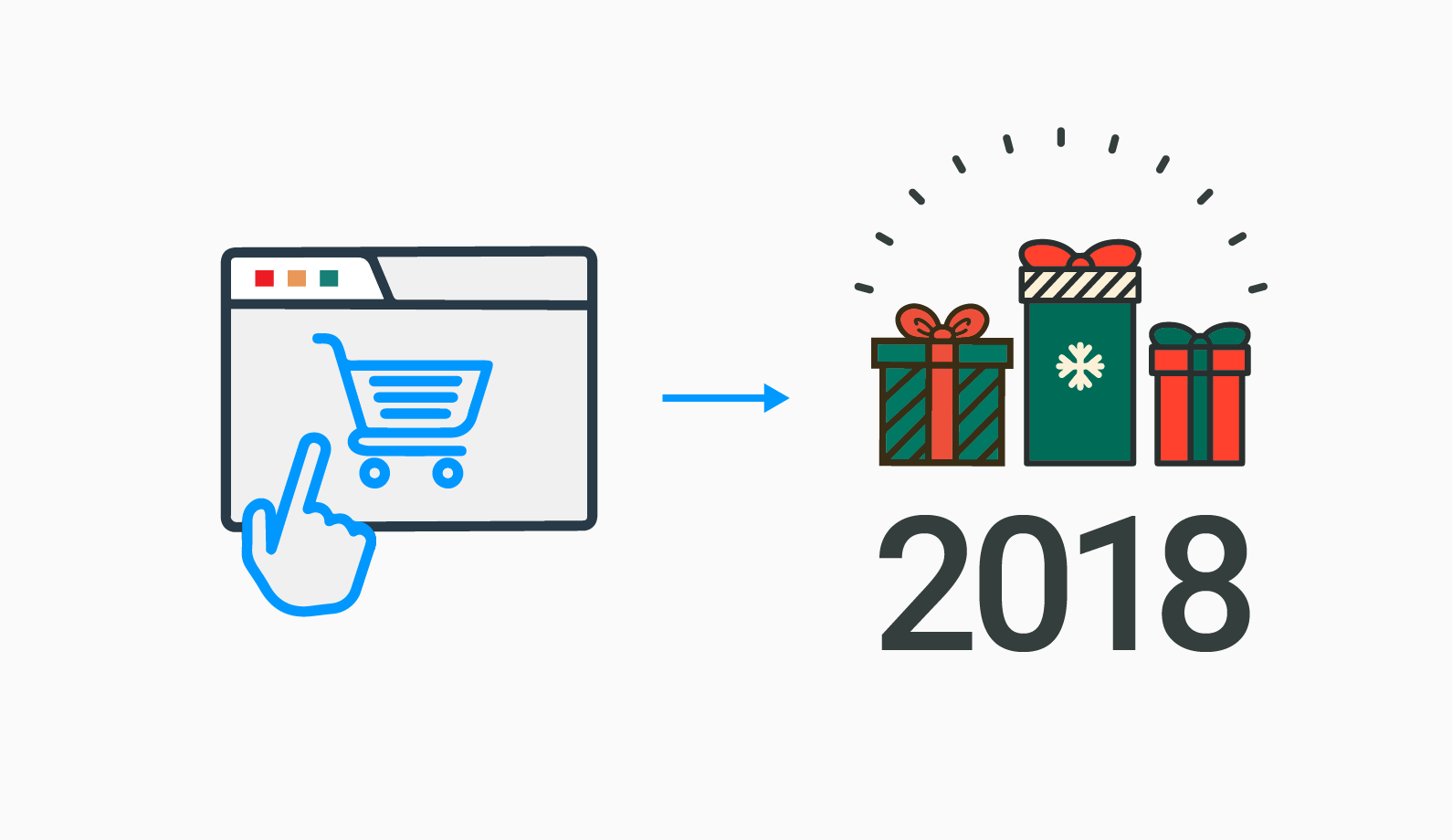This week, Facebook announced a new ad product called Store Sales Optimization (previously known as Offline Conversions Optimization or OCO). The new feature reinforced Facebook’s notable focus on retail brands, and more specifically, bridging the gap between online and offline.
In 2016, Facebook released offline conversion tracking, allowing advertisers to measure the impact of Facebook ads on in-store sales. In 2017, Facebook allowed advertisers to build custom audiences using their offline data to re-engage and retarget in-store customers based on behavior. With these custom audiences, advertisers could also create prospecting campaigns using lookalikes of their in-store customers. Now in 2018, Facebook has released a machine learning tool to target users most likely to head to a store location to make a purchase.
Facebook's focus for retail is no surprise—bridging the online to offline gap and 'seamless' experiences have become a common topic in the retail space. Through pixel and mobile data, Facebook had already built ad products that accurately interpret online customer behavior. With the added resources of retailers' in-store conversion data and third-party offline data, Facebook can now connect the dots fully, analyzing customer patterns with online, mobile, and in-store behaviors.
As a partner, we were able to test the beta version of Store Sales Optimization with our retail clients. Here’s what we learned.
What is Store Sales Optimization?
Store Sales Optimization is a conversion event, allowing retailers to optimize campaigns to target in-store sales. In the conversion setup, where you specify what type of conversion you'd like your campaign to achieve, there will be a new option for "Offline", where you may have previously selected options like a Website or App Purchase.
By selecting an offline conversion event, Facebook will serve your ad to people who would be interested in your product and most likely to purchase that product in a brick & mortar store. To do this, Facebook will utilize the advertiser's integrated in-store data, as well as their vast online and offline data resources, to zero in on the best potential in-store customers. And as the campaign runs, the algorithm will continue to learn and better predict user behavior to improve results.
How do you use it?
Retailers that would like to target in-store sales must be utilizing offline conversion tracking for Facebook. This can be accomplished by using Facebook’s offline conversions API or using a partner like StitcherAds to optimize and transfer offline data. For our clients, we’ve helped unblock common (and some uncommon) barriers to facilitate data transfer from POS, CRM, or eReceipt systems. Read more information on how we can help get started here.
Once you're tracking offline conversions, Facebook can begin to target and optimize against these events. Store sales optimization is available for campaigns under the conversions objective. When testing the store sales optimization, we recommend that you:
- Place adequate budget against your test - Facebook’s algorithm works best when provided enough data to learn and improve its user and product matches.
- Match your creative and messaging to the campaign objective - Utilize Facebook’s map card to provide directions to the user’s nearest store. Make sure messaging is clear, concise, and focused on an all-channel purchase.
- Localize your products - Segmenting product groups by region can better personalize a prospecting campaign. Serve ads with best-selling products for your target customer's location.
Does it work?
Yes. We did a multitude of tests with several retail brands to determine whether SSO provided an incremental sales lift for in-store sales.

When comparing prospecting campaigns optimized for online conversions vs. store sales, SSO increased in-store ROAS by 117% and omnichannel ROAS by 9%.
In addition to a return on investment, campaigns optimized with SSO saw a higher conversion rate both in-store and online, lifting the omnichannel conversion rate by 408%. These campaigns also increased the average order value, demonstrating an average omnichannel increase of 6%.
Case Study: Lifestyle
Fashion and beauty retailer Lifestyle has more than 200 stores across the Middle East, Africa, and India. More than 15,000 customers step into its locations every single hour.
With the flurry of in-store activity, Lifestyle wanted a way to accurately measure and optimize its online-to-offline sales.
They partnered with StitcherAds and digital agency Forward3D to properly structure its CRM and loyalty data for Facebook offline conversions. StitcherAds and Forward3D then built highly personalized campaigns that would resonate with relevant shoppers. The carousel ads included in-store offers, maps, distance to the nearest store, and "Get Directions" CTAs. These campaigns were optimized for store sales, so they reached customers who were more inclined to make store purchases even if they had never shopped at a Lifestyle location before.

The brand's partnership with StitcherAds resulted in a 32X return on ad spend for in-store sales and a 3.5x higher ROAS with store sales optimization.
Conclusion: Retailers need to start building omnichannel strategies for online advertising.
According to Deloitte's 'The New Digital Divide', 56% of all store purchases are influenced by digital. And it's easy to see why.
Consumers spend 5 hours a day on mobile, with 92%* of that time dedicated to apps and 19%* of that time dedicated to Facebook. And this mobile browsing is occurring in channels usually dedicated to traditional marketing, whether in-store (90%*) or while watching TV (87%*).
Attention is capital. Retailers need to implement Facebook marketing strategies targeting users at all points of the purchase funnel across online, mobile, and offline channels. Outside of stats alone, Facebook has already empowered advertisers to make smarter marketing decisions with online-to-offline measurement. Now it’s giving retailers the tools to act on these insights.
For more information about how you can drive sales online & in-store through Facebook & Instagram, fill out our contact form and a member of our team will reach out to you to discuss how to get started.
Sources: Tech Crunch, 2017, Accenture, 2015


